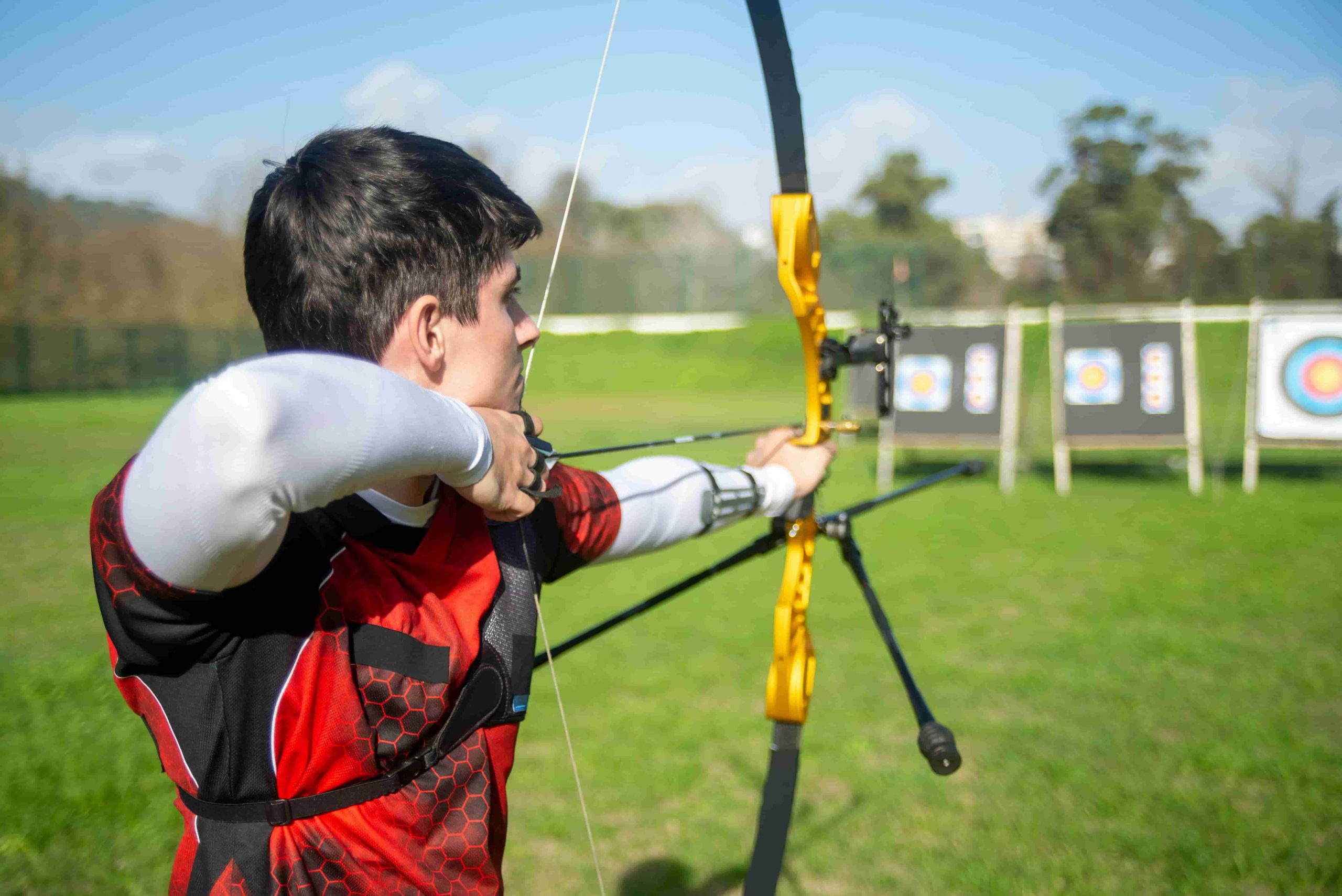Introduction to Archery
Archery—a skillful art and thrilling sport—has captivated human imagination for thousands of years. Its roots stretch back to the dawn of civilization, when archery was not just a means of survival but an essential part of warfare and culture. Today, it enjoys a renaissance, drawing enthusiasts from all walks of life who are eager to learn about its rich history and engage with its modern applications. This blog post aims to explore the fascinating evolution of archery equipment, guiding you through its past, present, and potential future. Whether you’re a seasoned archer, a sports lover, or a history buff, you’ll discover insights into how this ancient practice has adapted to changing times.
The Evolution of Bows
The bow, the quintessential tool of archery, has undergone significant transformations over millennia. Early bows were crafted from natural materials like wood and sinew, reflecting the simplicity and resourcefulness of ancient societies. These traditional bows, such as the longbow and the recurve bow, were powerful yet required considerable skill and strength to master.
With time came innovation. The introduction of the compound bow in the late 20th century marked a pivotal shift in bow design. Utilizing a system of pulleys and cables, compound bows offer improved accuracy and reduced physical strain, allowing archers to hold their aim longer. This development has broadened the appeal of archery, making it more accessible to people of varying physical abilities. Furthermore, advancements in materials—such as carbon fiber and aluminum—have further enhanced performance, durability, and customization, setting the stage for a new era of bow technology.
Changes in Arrow Design
Arrows, the essential companions to bows, have also seen remarkable changes throughout history. Early arrows were simple constructs of wood, tipped with stones and feathers to aid in flight and impact. The need for greater precision and lethality led to innovations in arrow design, with the introduction of metal arrowheads and more aerodynamic shafts.
In modern times, arrows benefit from cutting-edge materials like carbon and aluminum, which offer unparalleled strength and lightness. These advancements have revolutionized the sport, enabling archers to achieve greater speeds, distances, and accuracy than ever before. The integration of computer-aided design (CAD) into arrow construction allows for precision engineering, ensuring consistency in performance across different conditions. This meticulous attention to detail elevates the experience for both competitive and recreational archers, driving the sport to new heights.
Archery Accessories
Accessories have increasingly become an indispensable part of an archer’s kit, enhancing precision and comfort. Sights, for instance, allow archers to aim with greater accuracy by aligning their view with the target. Stabilizers reduce vibrations and improve balance, contributing to a steadier shot. Releases, which aid in the consistent release of the bowstring, further refine an archer’s technique.
Each accessory plays a role in refining the archer’s skill and confidence, providing a tailored approach to performance enhancement. The ability to customize equipment to suit individual preferences and needs is a testament to the ingenuity of modern archery. This flexibility encourages experimentation and personal growth, fostering a deeper connection to the sport.
Notable Innovations
Innovation continues to shape the landscape of archery, with groundbreaking developments that push the boundaries of what is possible. Digital archery equipment, including electronic sights and scoring systems, offers new levels of precision and convenience. These tools provide real-time feedback, enabling archers to refine their technique with greater speed and effectiveness.
The advent of 3D printing technology has also made its mark on archery. Custom bows and components can be crafted with precision and creativity, offering affordability and uniqueness. These advancements nurture a spirit of innovation and accessibility, encouraging more individuals to explore and engage with archery.
The Future of Archery
Looking ahead, the future of archery holds exciting possibilities. Emerging trends focus on environmental sustainability, with eco-friendly materials and practices gaining traction. The potential for biodegradable arrows and renewable resources in equipment production aligns with a growing commitment to preserving the natural world.
Accessibility remains a priority, with efforts to make archery more inclusive and available to diverse populations. Technological advancements, coupled with a focus on adaptive equipment, ensure that archery remains a welcoming pursuit for everyone, regardless of age, ability, or background. This forward-thinking approach promises to maintain the relevance and vibrancy of archery for generations to come.
Conclusion
The evolution of archery equipment is a testament to human ingenuity and adaptability. From its humble beginnings with simple wooden bows to the sophisticated technologies of today, archery continues to captivate and inspire. By understanding its rich history and anticipating future innovations, we can appreciate the dynamic nature of the sport.
Whether you are an archery enthusiast, a sports lover, or a history buff, consider exploring the myriad ways archery can enrich your life. With a blend of tradition and modernity, archery offers a unique opportunity for self-discovery and growth. Join us in celebrating the past, present, and future of this timeless pursuit, and discover how you can be part of this ongoing legacy.
